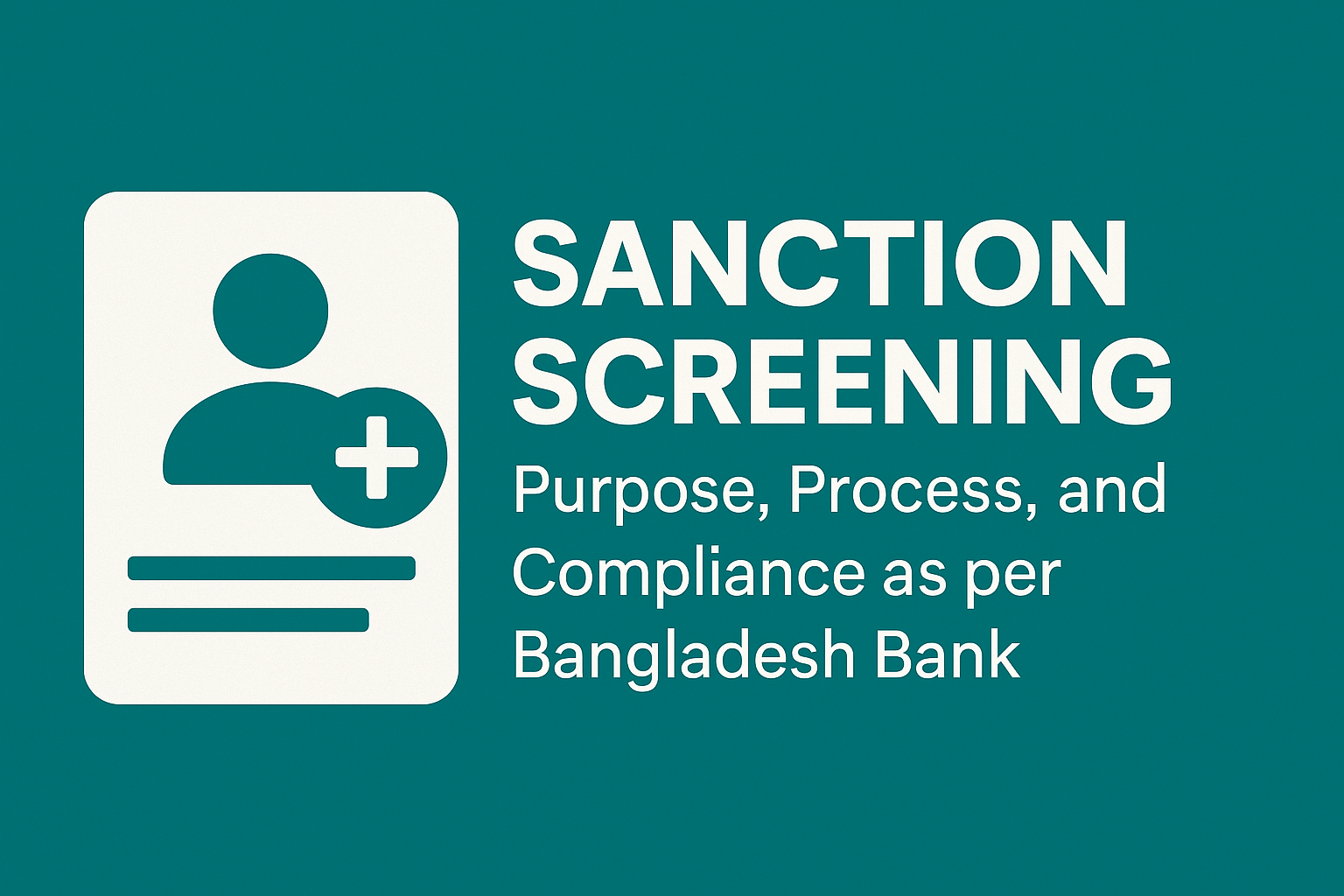Bankruptcy Act, 1997 – Bangladesh
The Bankruptcy Act, 1997 is a significant financial legislation in Bangladesh, designed to provide a legal framework for declaring bankruptcy, settling debts, and protecting the rights of both debtors and creditors. It plays a vital role in maintaining financial discipline and offering relief to insolvent individuals and companies.
—
Objectives of the Bankruptcy Act, 1997
To provide a legal process for declaring bankruptcy.
To ensure equitable treatment of creditors.
To allow honest debtors a fresh start.
To help in restructuring or liquidating businesses responsibly.
—
Key Definitions
Bankrupt: A person or institution declared legally insolvent.
Insolvency: The inability to pay debts as they become due.
Court: The Bankruptcy Court having jurisdiction over the case.
—
Who Can File for Bankruptcy?
Debtors who are unable to repay debts.
Creditors can file a petition if the debtor fails to pay.
Both individuals and registered companies can be subject to this Act.
—
Bankruptcy Filing Procedure
1. Petition Submission – Filed in Bankruptcy Court.
2. Court Acceptance – The court reviews and accepts/rejects.
3. Declaration of Bankruptcy – Court officially declares the debtor bankrupt.
4. Appointment of Receiver – Manages asset distribution.
5. Asset Liquidation – Sale of property to pay creditors.
6. Discharge of Bankruptcy – Debtor is relieved after settlement.
—
Rights of the Debtor
Legal protection from harassment.
A second chance at financial recovery.
Right to a fair hearing in court.
—
Rights of the Creditors
Right to petition for bankruptcy.
Entitled to fair distribution of debtor’s assets.
Priority-based repayment.
—
Penalties for Fraudulent Bankruptcy
Any attempt to hide assets, false declarations, or fraudulent transfers can lead to imprisonment and fines as prescribed under the law.
—
—
Important Provisions of Bankruptcy Act, 1997
| Section | Provision Summary |
|---|---|
| Section 5 | Definition of bankruptcy and qualifications to file a petition. |
| Section 9 | Procedure to file a bankruptcy petition by debtor or creditor. |
| Section 18 | Appointment and duties of the Official Receiver. |
| Section 22 | Convening a meeting of creditors and voting procedures. |
| Section 30 | Distribution of debtor’s property among creditors. |
| Section 33 | Conditions and effects of discharge from bankruptcy. |
Bankruptcy vs. Liquidation
| Criteria | Bankruptcy | Liquidation |
|---|---|---|
| Definition | Legal process where an individual is declared unable to repay debts. | Process of winding up a company’s affairs by selling off assets to pay creditors. |
| Applicable To | Individuals | Companies or corporate entities |
| Initiated By | Debtor or creditor | Company board, creditors, or court |
| Result | Debt restructuring or discharge | Company is dissolved permanently |
| Legal Outcome | Bankrupt individual may be discharged and get a fresh start | Company ceases to exist after liquidation |
—
Impact of the Bankruptcy Act on Financial Sector
Encourages responsible borrowing
Boosts creditor confidence
Improves access to credit
Protects economic stability
—
Challenges in Implementation
Limited awareness among citizens.
Complex court procedures.
Lengthy legal process.
Stigma surrounding bankruptcy.
—
Suggested Reforms
Digital filing system for bankruptcy petitions.
Awareness programs for entrepreneurs.
Training for financial and legal professionals.
Timely disposal of cases.
—
Conclusion
The Bankruptcy Act, 1997 is a cornerstone legal instrument for managing financial failures in Bangladesh. It ensures justice for both debtors and creditors while encouraging financial accountability. Greater awareness and reforms can make this Act more effective in today’s complex economic environment.




